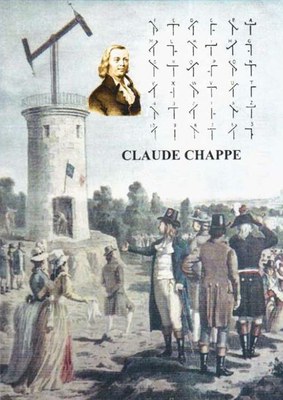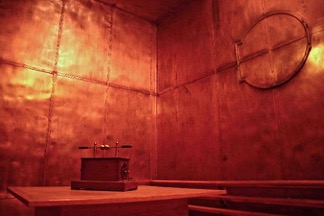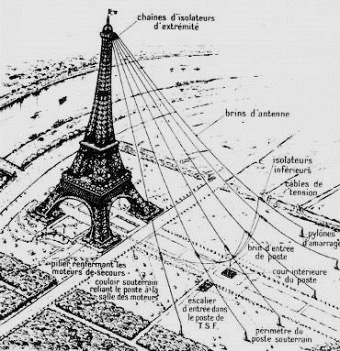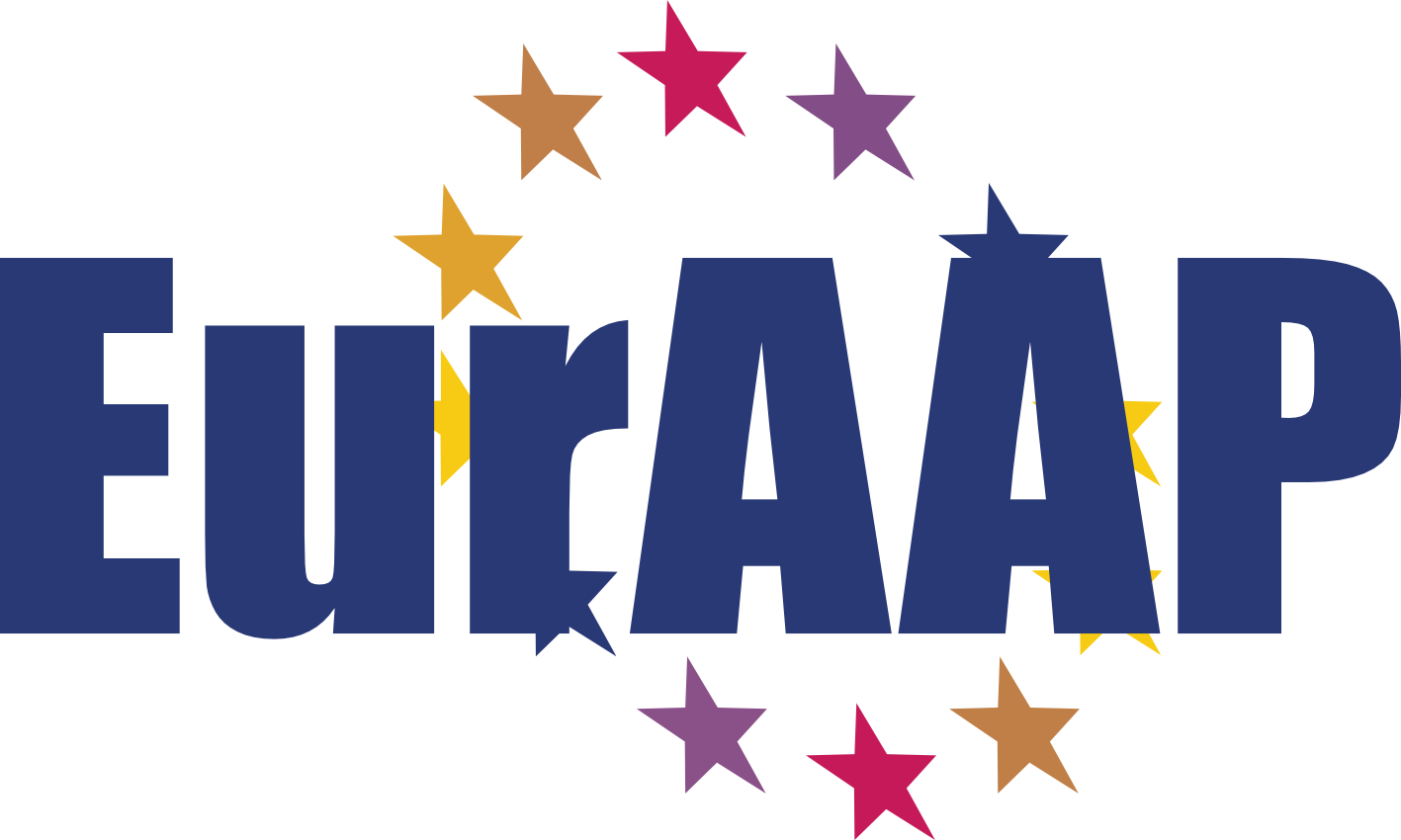A parisian history of antennas and propagation
Did you know that the word Telecommunication was invented in Paris?
However, Parisians did not wait for Maxwell's equations to wirelessly communicate with other cities in France. Back in the 18th century, they already implemented their own mechanical wireless communication system: the "semaphore"! It was Claude Chappe who proposed a tower on the top of which three arms could be mechanically rotated. Depending on the shape made by these arms, 196 different semaphore states could be distinguished in a single symbol!
Thanks to this system, Paris could communicate with Lille (about 200 km away) using a relay line of about 15 towers as early as 1794. They could therefore transmit a symbol in about 9 minutes.
The system was adopted in Sweden and United Kingdom, among others. It was subsequently replaced by the electrical telegraph, while the Chappe semaphore could be coined as an "optical telegraph". It is interesting to see that today, optical and electrical or wireless communications are sort of competitors, and both electromagnetic and optical antennas and propagation are still hot topics after so many years !

If the wireless transmission experiments of Marconi are famous, fewer people know that one of his first messages sent from South Foreland was to thank a French Professor working in Paris! Indeed, Professor Edouard Branly developed a device known as the coherer, which was a sensitive electromagnetic wave detector. This discovery triggered the successful wireless transmission experiments going on during the last decade of the 19th century by pioneers like Marconi, Popoff, Ducretet, etc.
In 1903, the French engineer Eugène Ducretet achieved a 4 km wireless transmission between the Eiffel tower and the Pantheon. Thanks to this demonstration, Gustave Eiffel found a way to save his famous tower from destruction. In those days, far from being a worldwide famous touristic spot, the Eiffel tower was indeed considered to spoil the scenery of Paris and was supposed to be disassembled a few years after the 1889 world’s fair. Eiffel offered the engineer General Gustave Ferrié to use this unique site in order to carry on his experiments with wireless telegraphy. Ferrié thus set up an antenna using six long cables between the top of the tower and the ground. In 1908, he was able to transmit a signal up to a distance of 6 000 km. The Eiffel tower became subsequently useful as a radio station, and could be saved for the benefit of Paris, France and all those who like this extraordinary technical exploit of the time!
Evidences of some pioneering experiments in the area of antennas and propagation are still visible in Paris. The laboratory of Edouard Branly is located at the Institut Catholique de Paris, where he used to be a professor, and has been turned into a museum. The collection includes the Faraday cage he designed, as well as several devices such as such as electrolytic detectors, insulated tubes filled with metal filings, etc. The radio station of Gustave Ferrié was built underground and serves today as the kitchen of the exclusive Jules Verne restaurant, located on the second floor of the Eiffel tower!




















